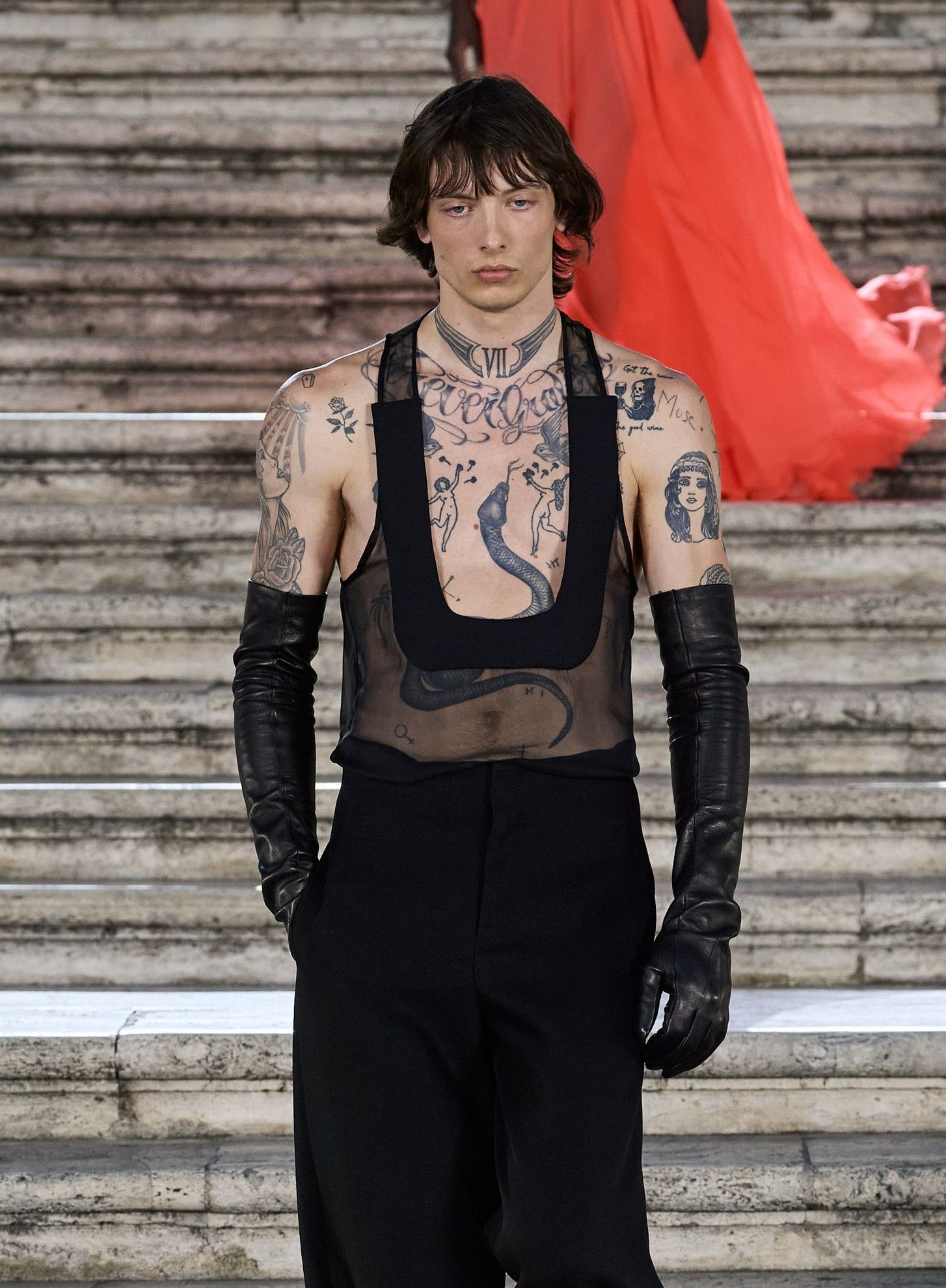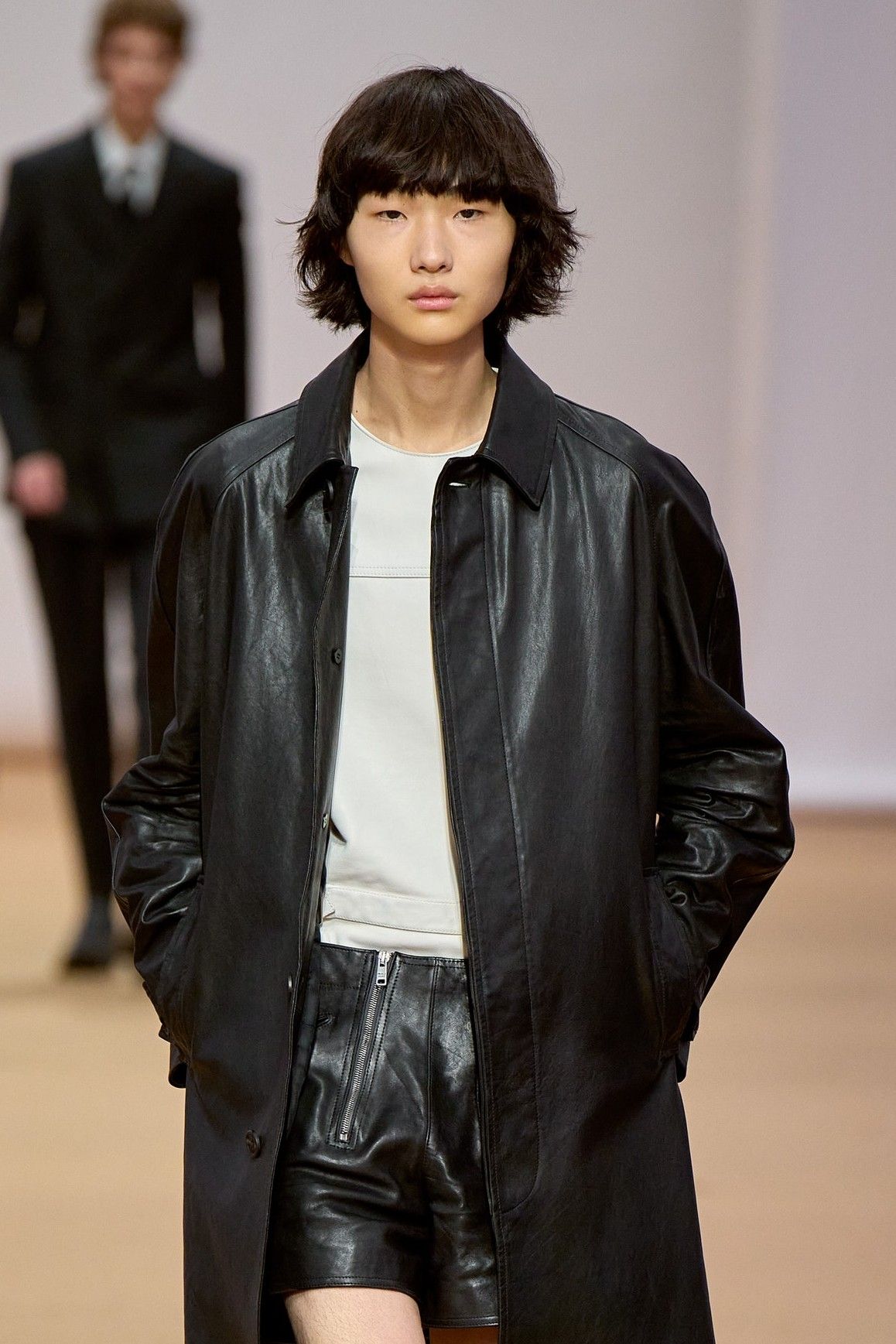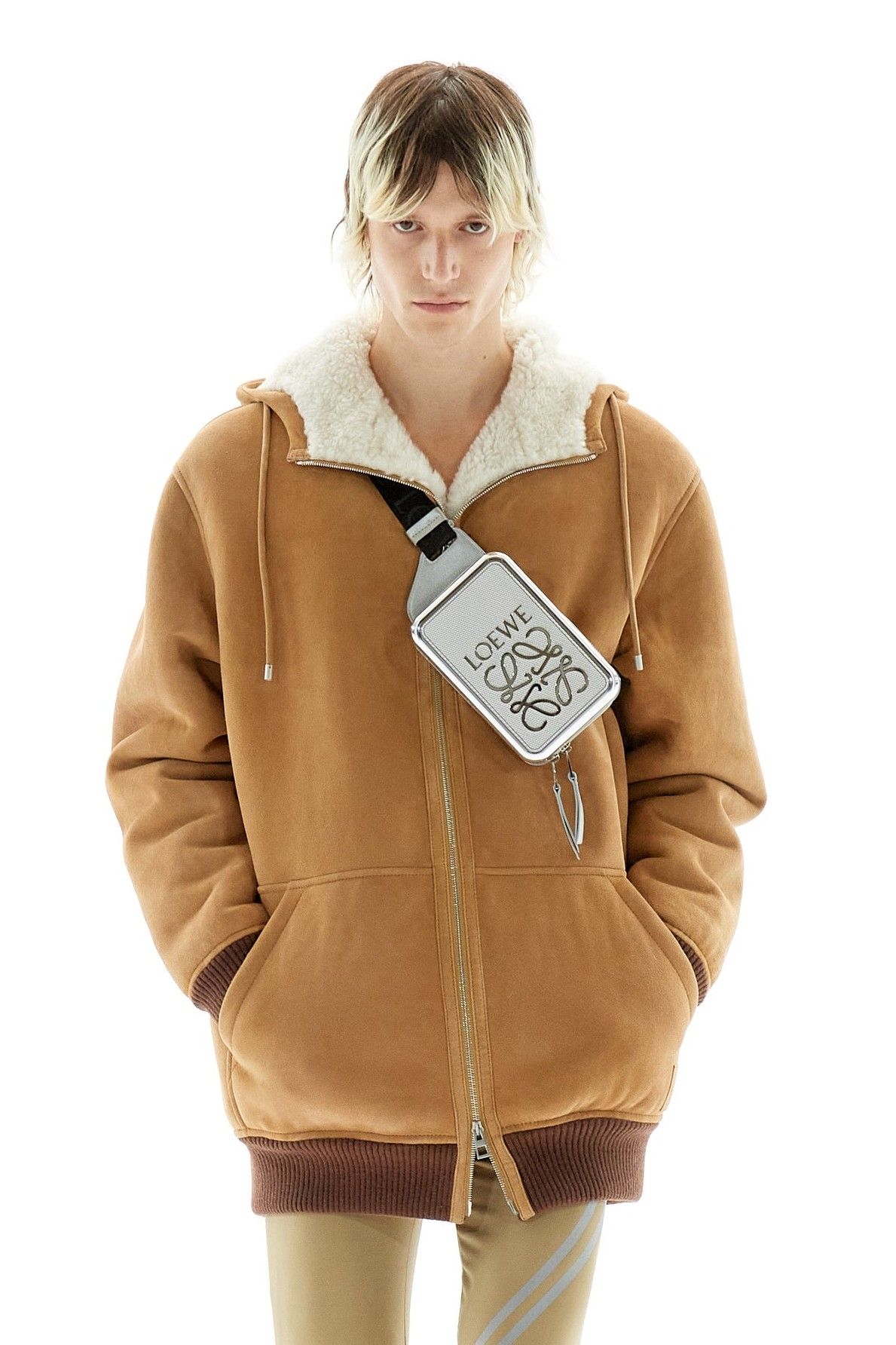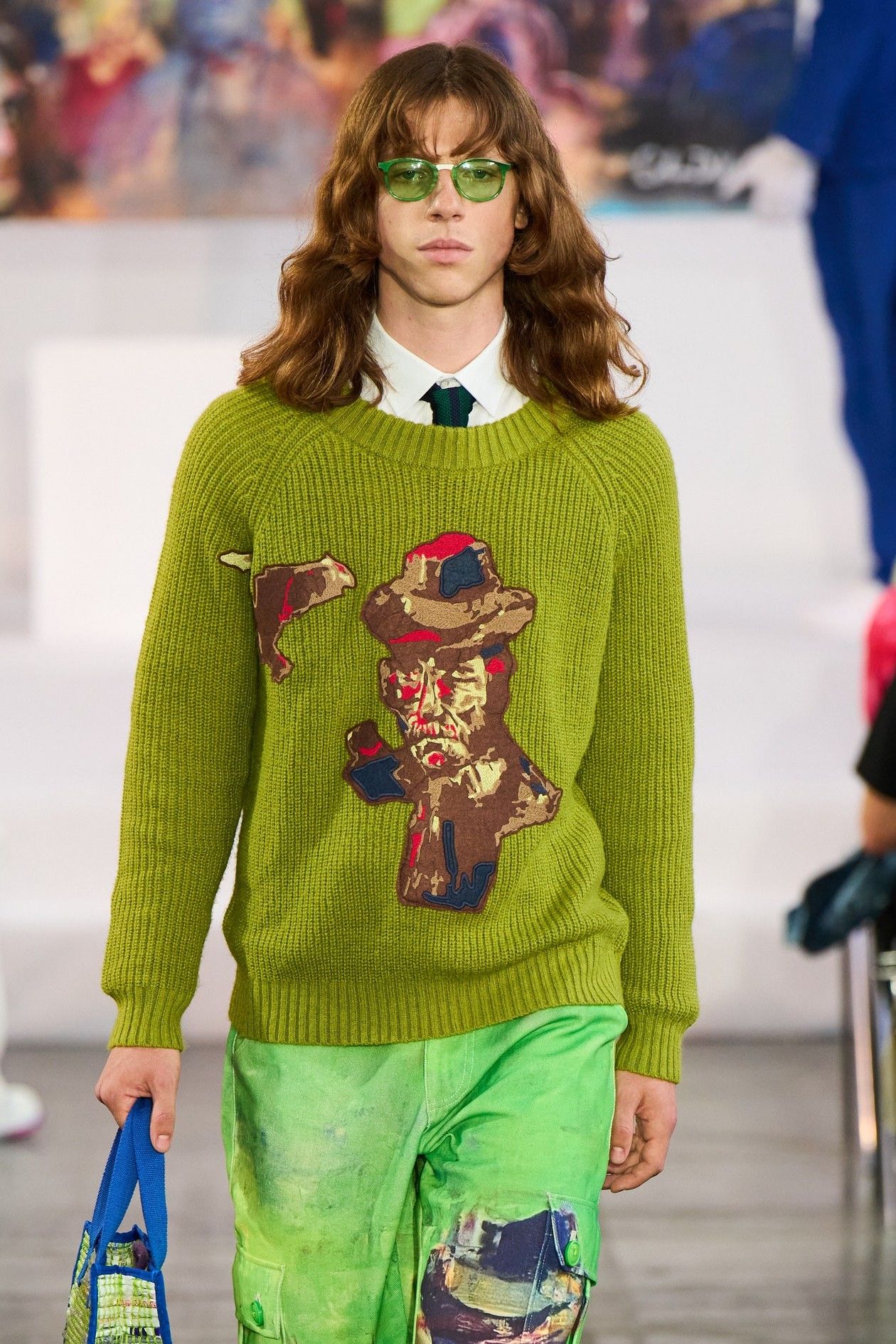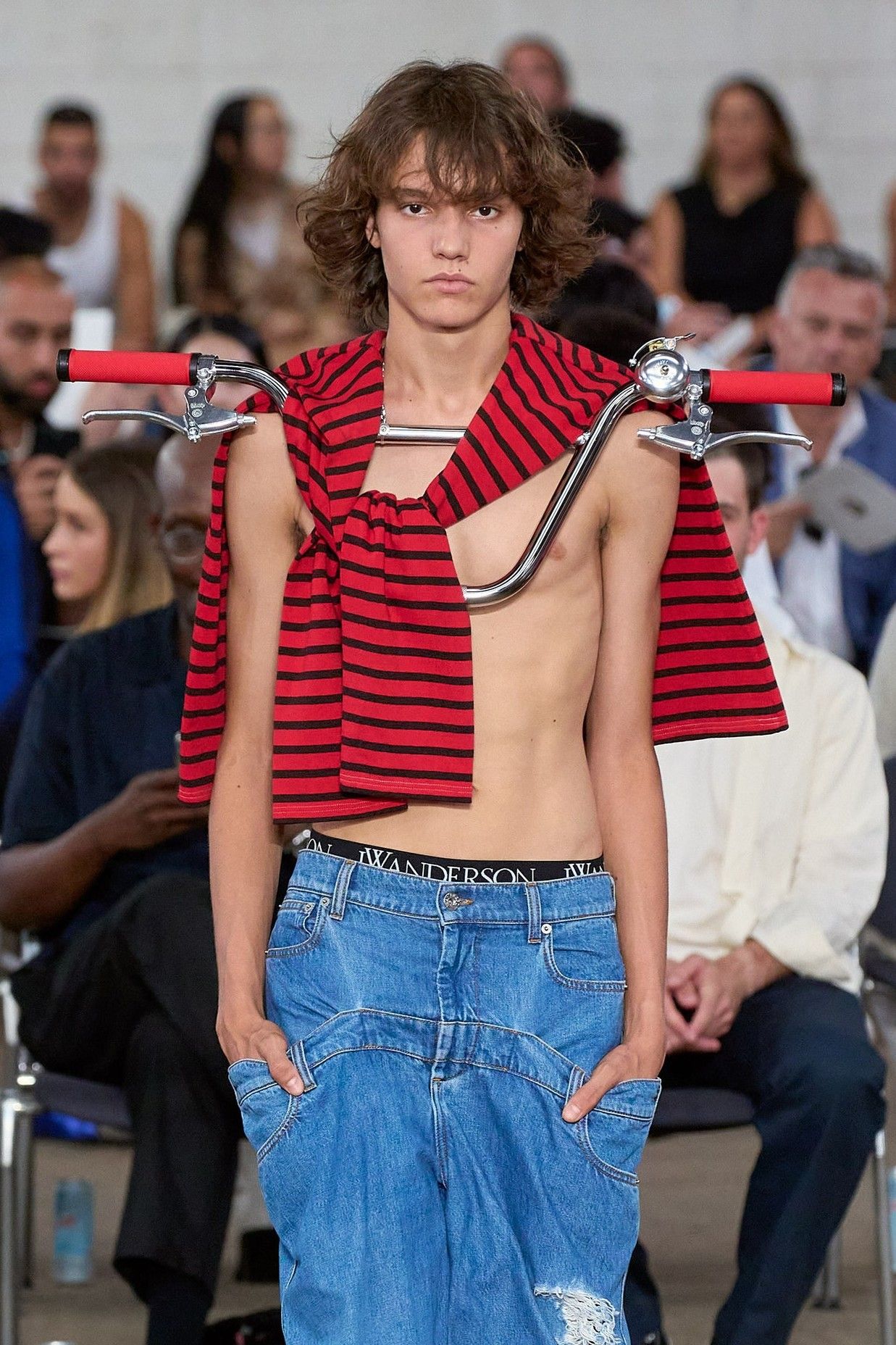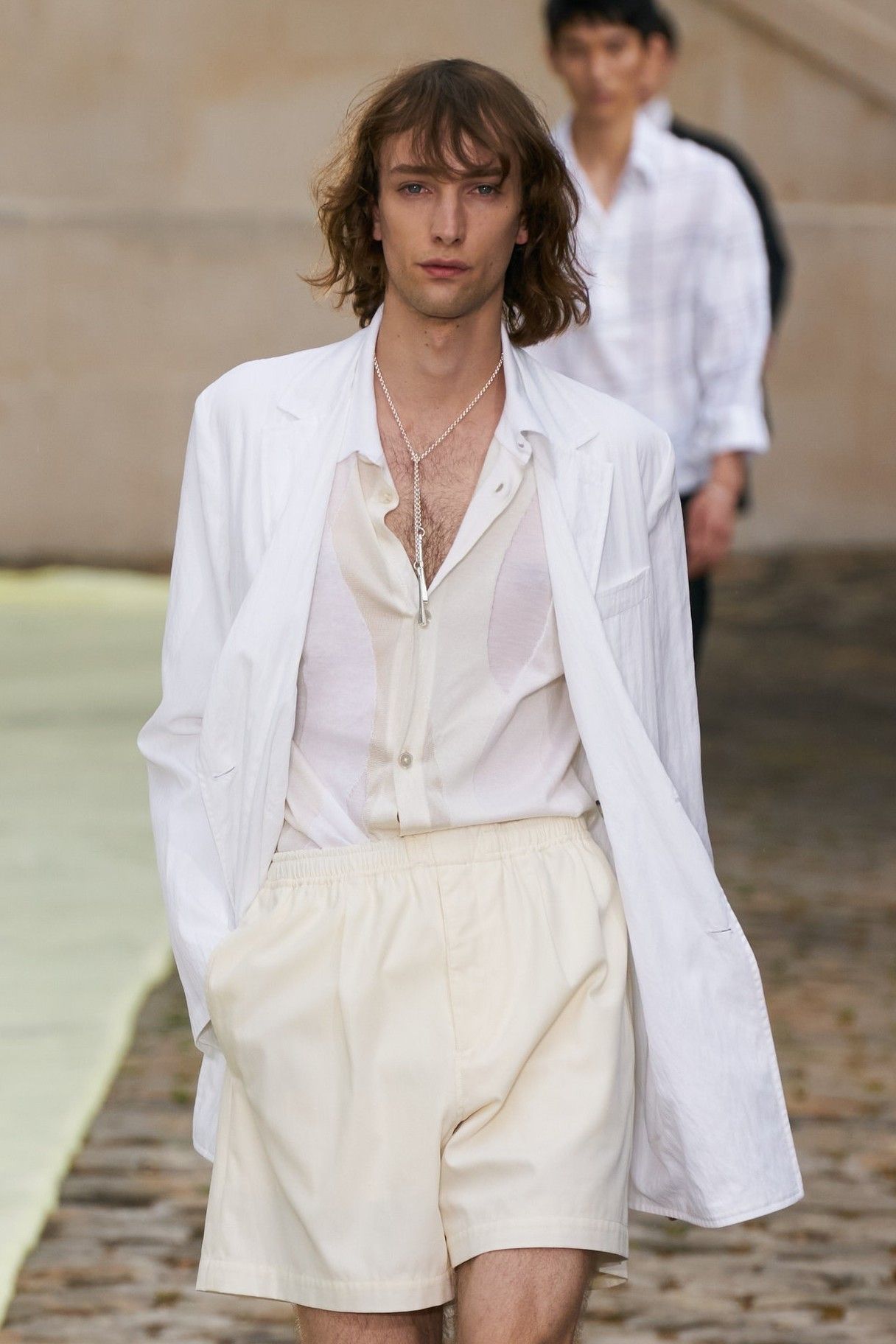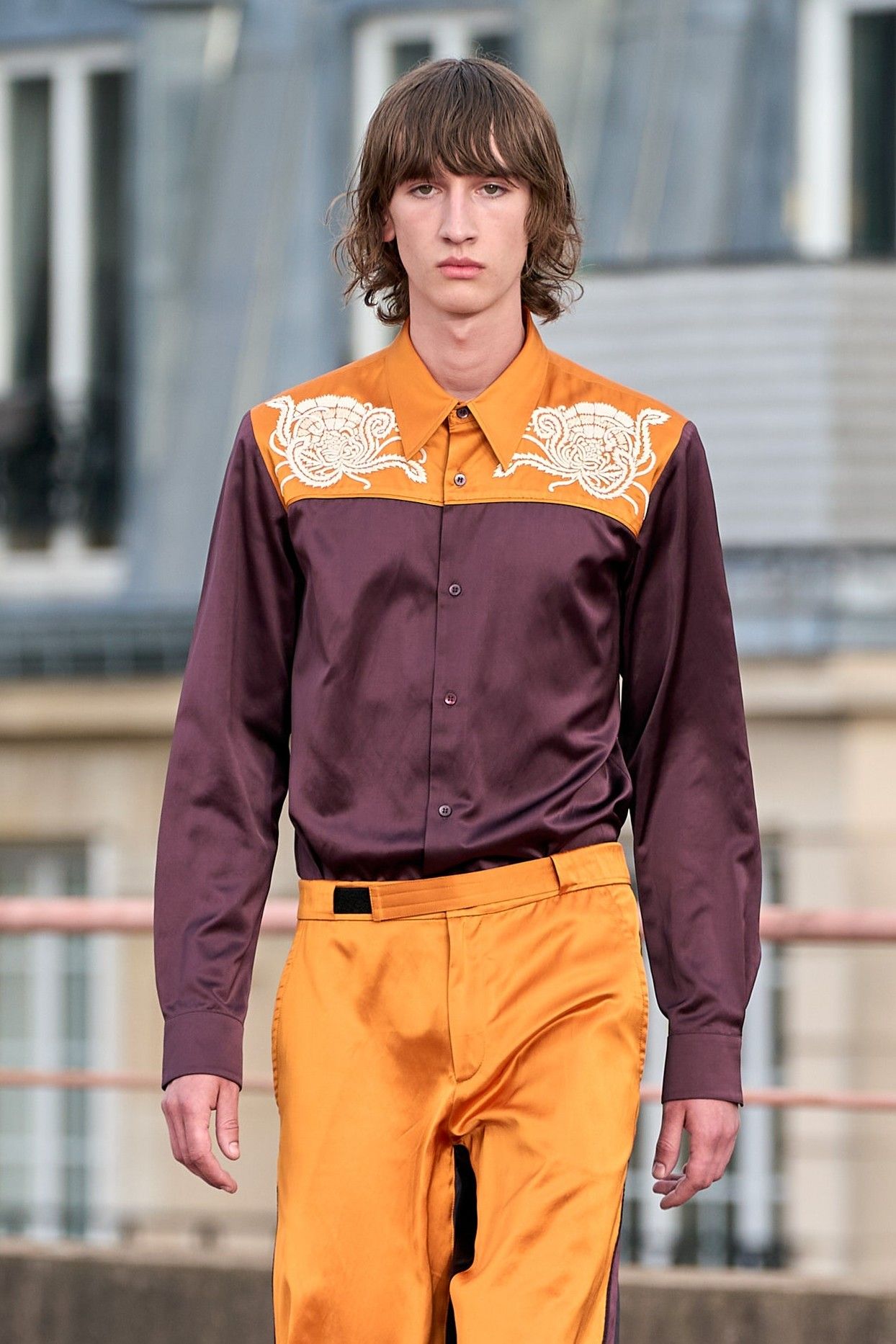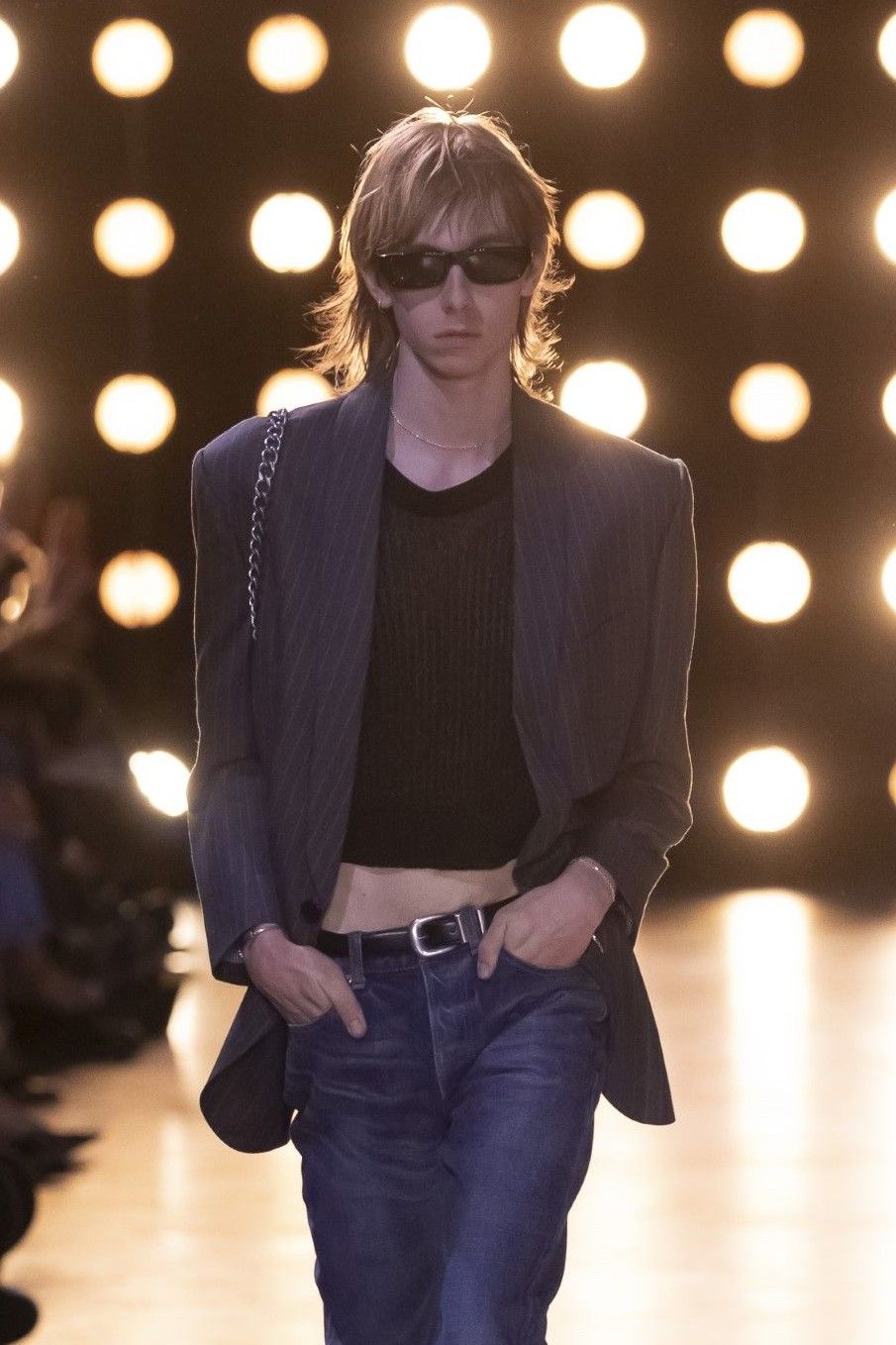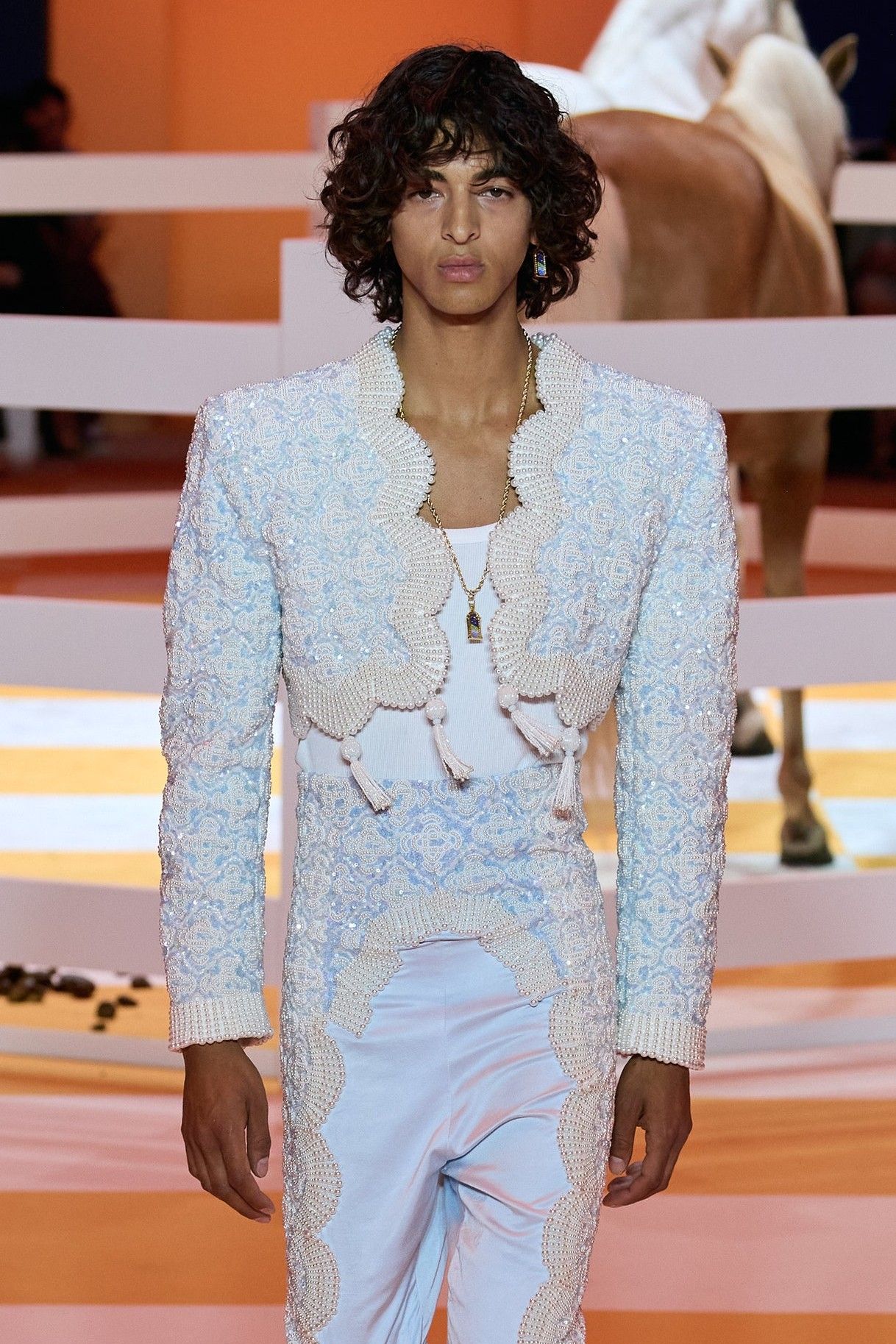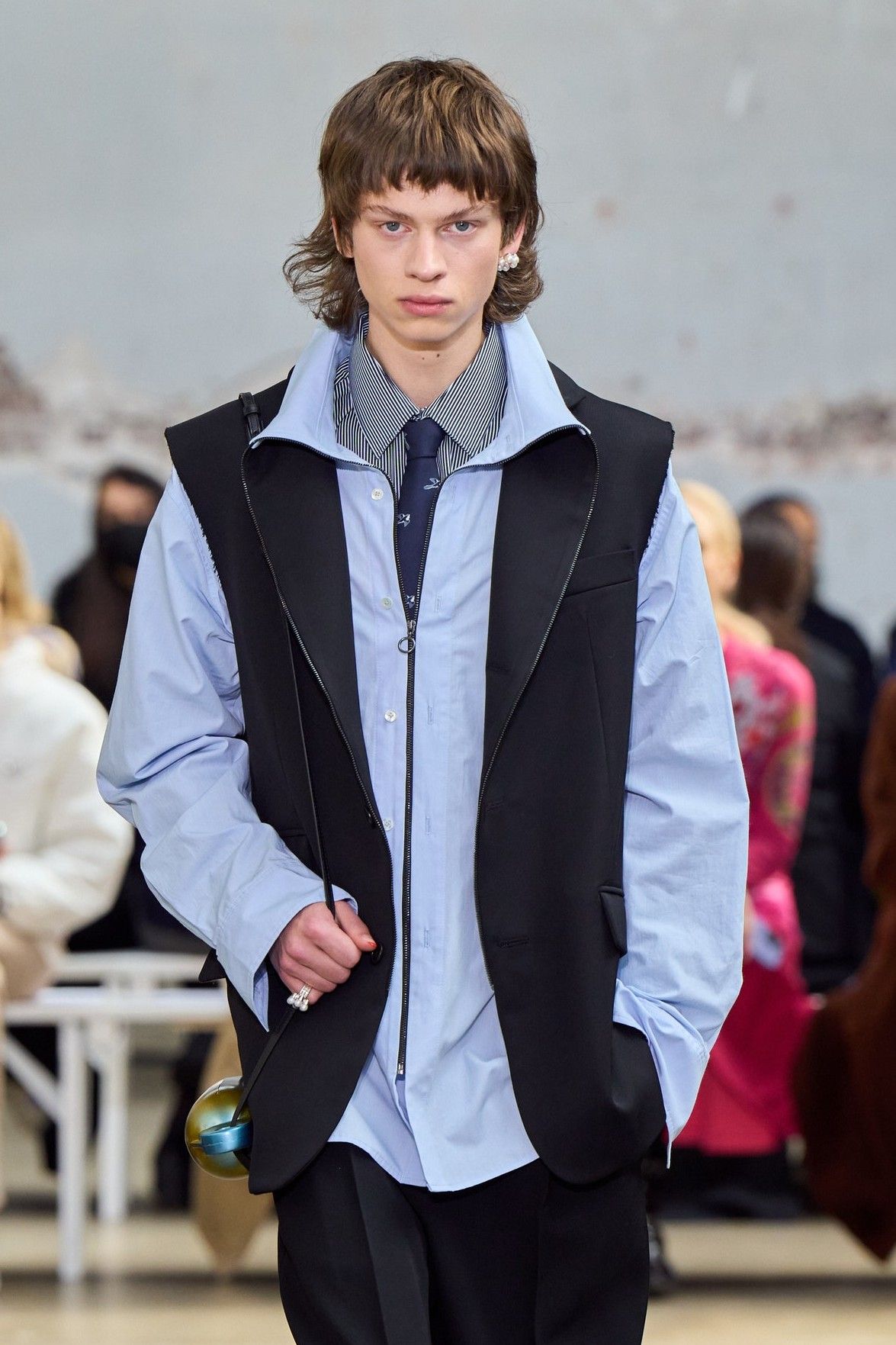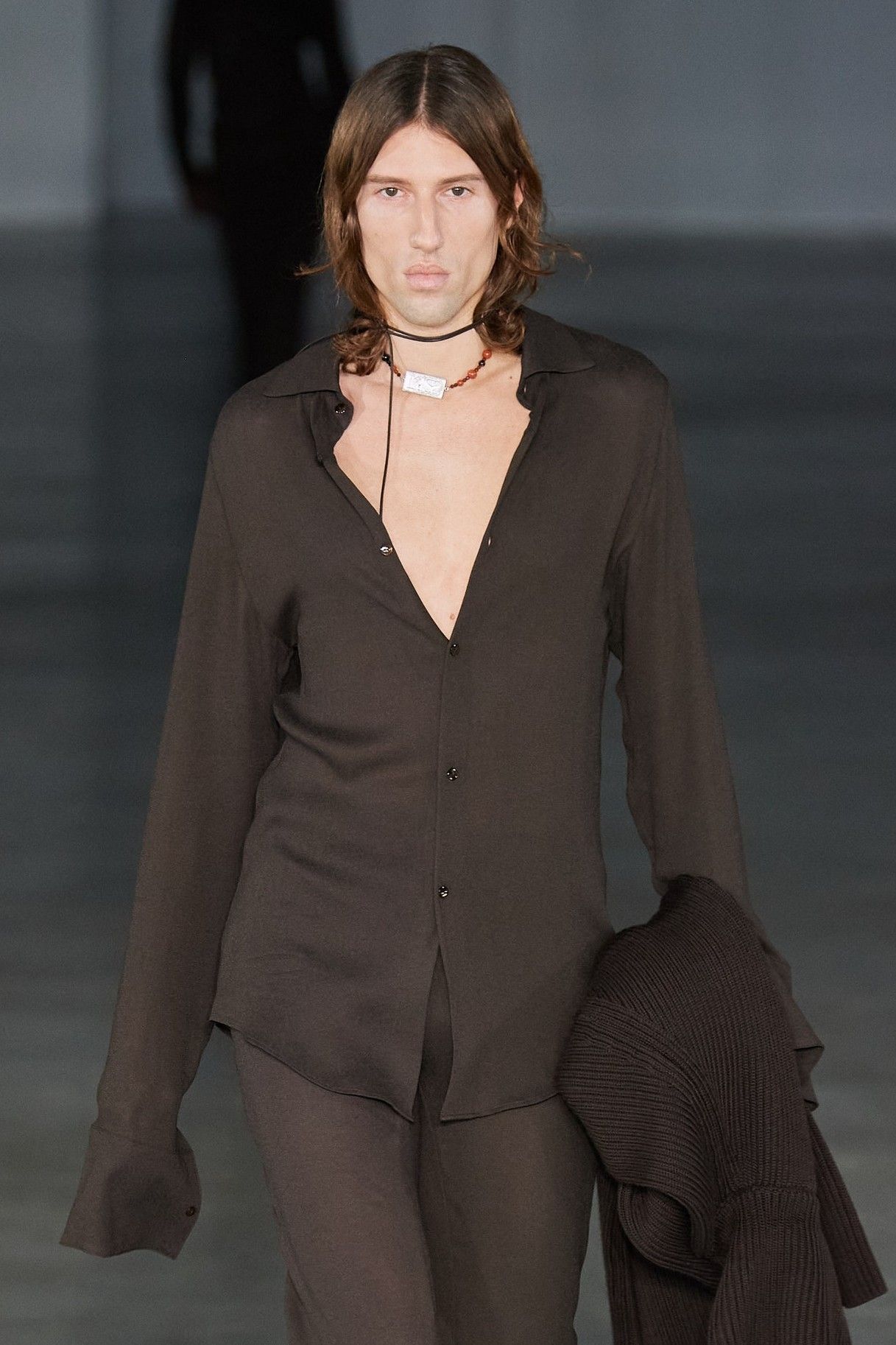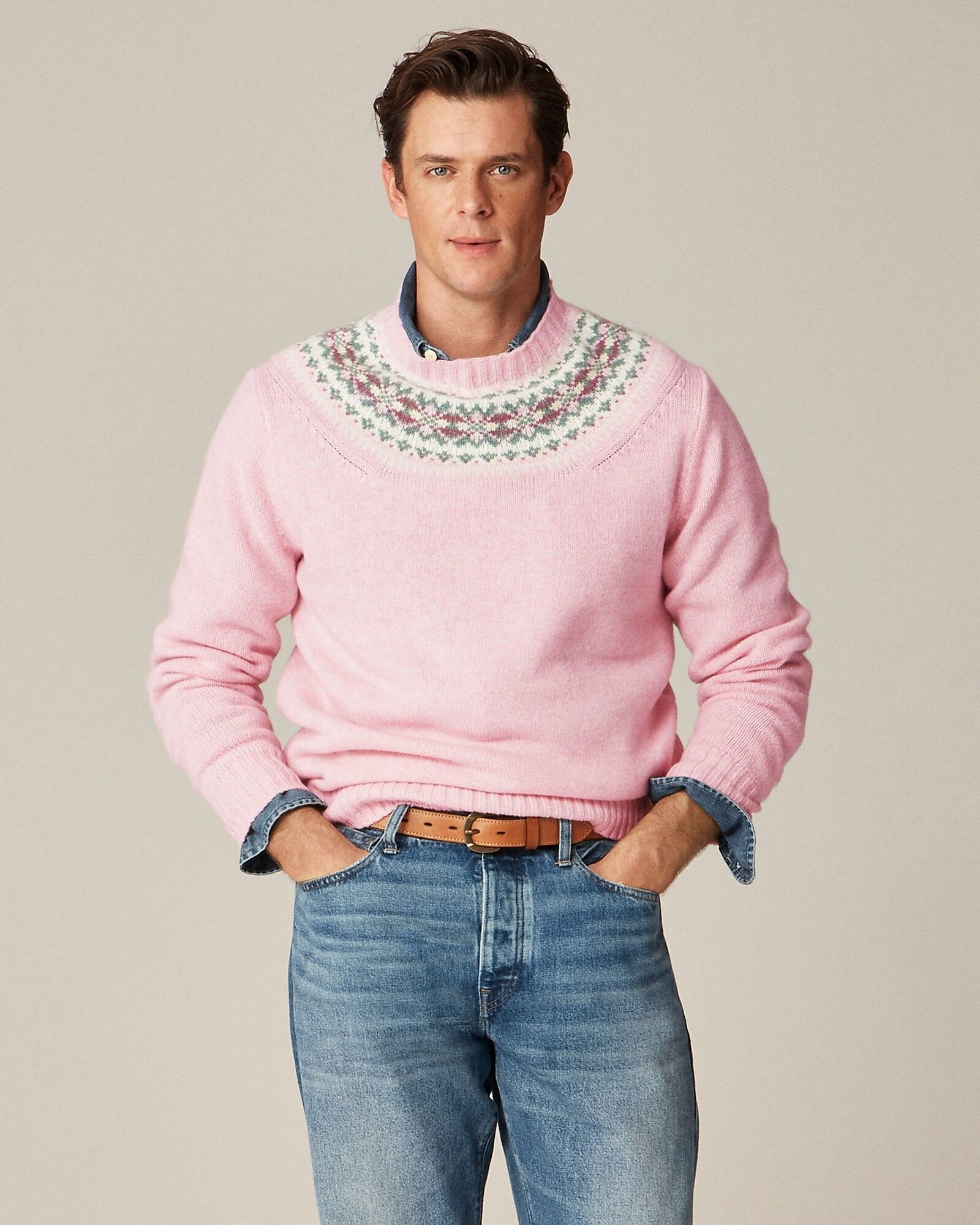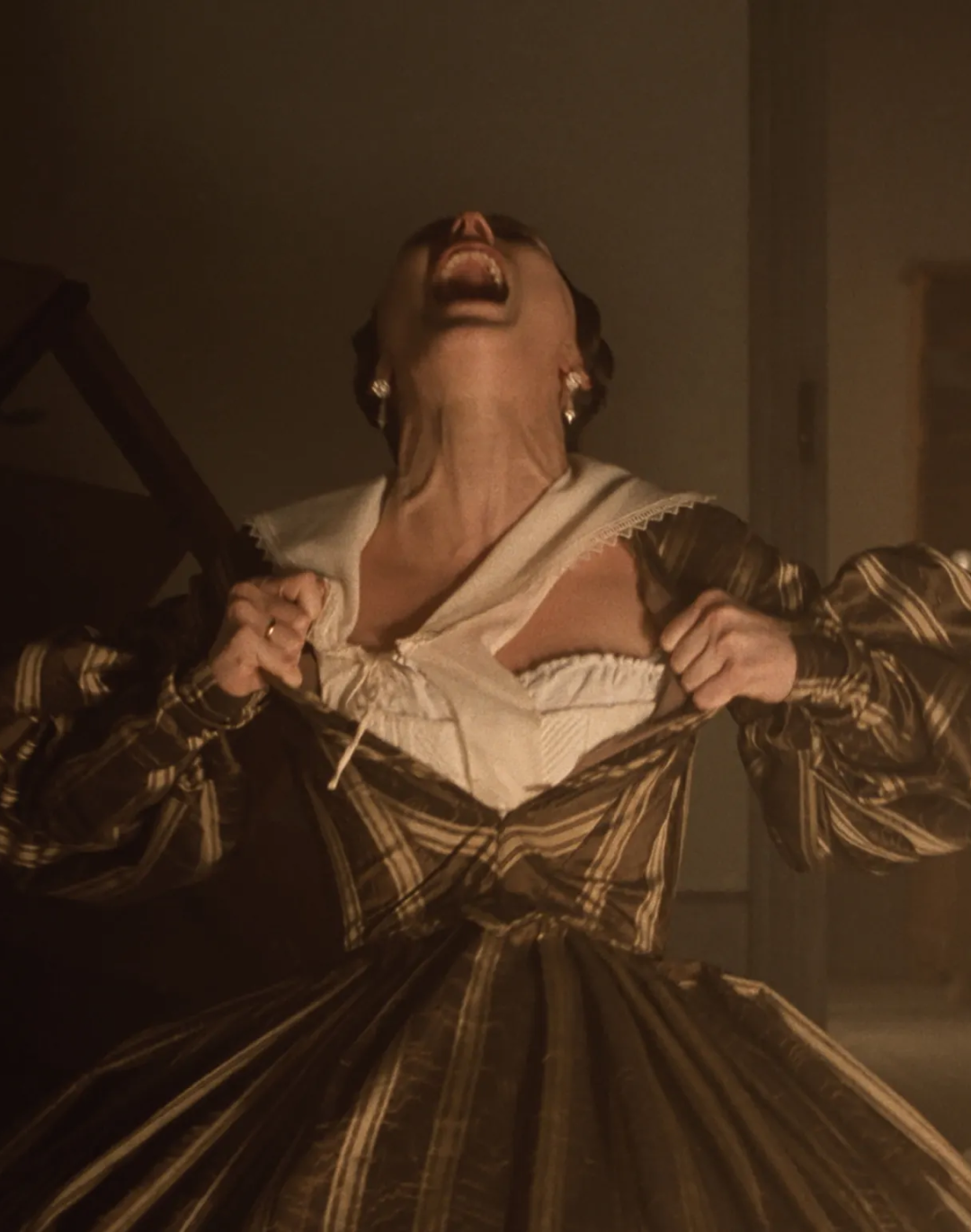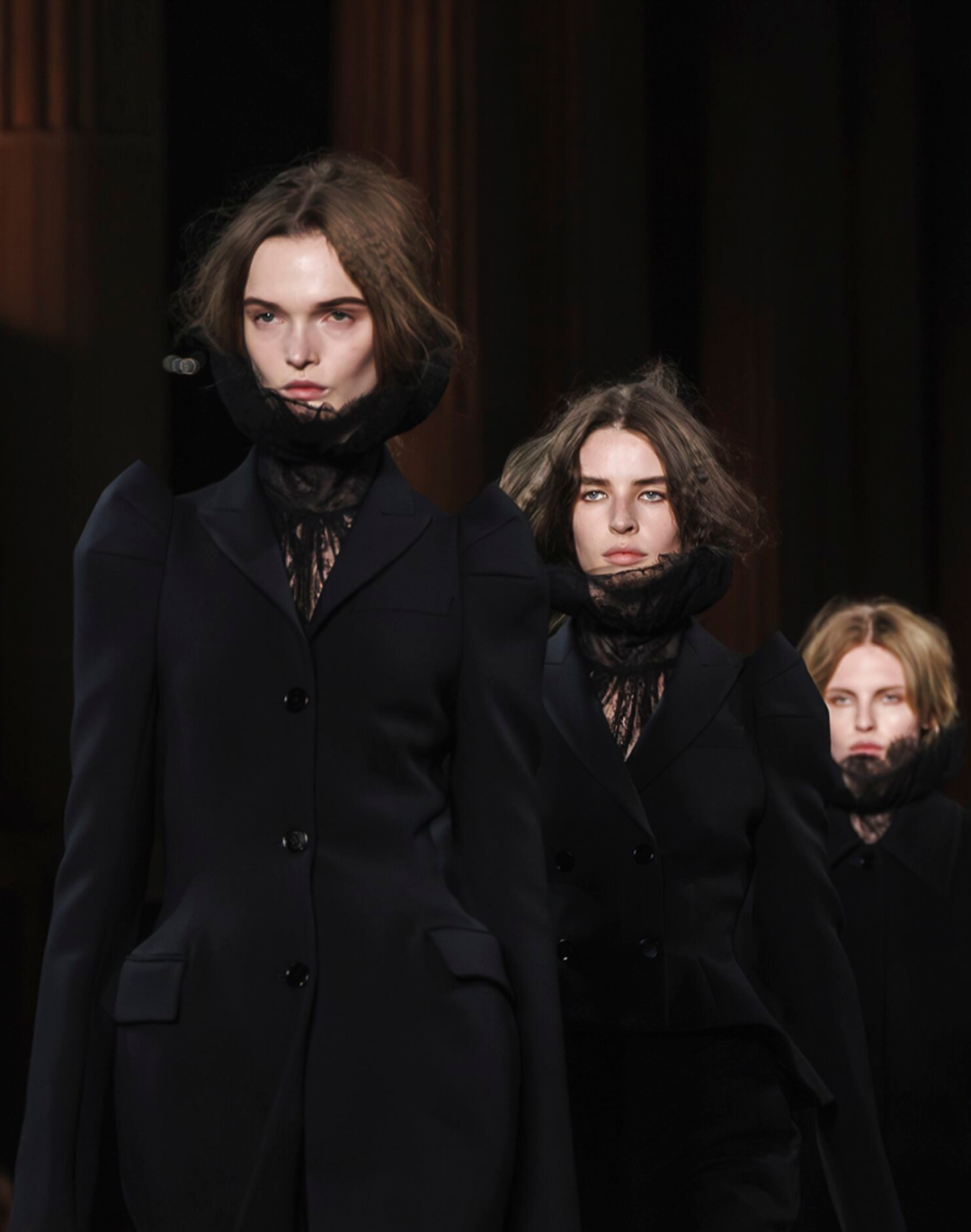
Why more and more people want Mike's hair from "Stranger Things" The great return of the 70s shag haircut
The huge media success of the latest season of Stranger Things, which is dominating Netlix's charts these weeks, has brought to light one of the funniest debates among fans of the series: the hairstyles of the main characters. Between bowl cuts, perms, and creative bangs, indeed, the Twitter world loves to make fun of those oh-so-80s haircuts perhaps ignoring, however, that some of those haircuts are actually making a comeback. And if already last year many celebrities like Miley Cyrus or Barbie Ferreira had resurrected Joan Jett's wolfcut, this year it seems that the trend is moving to the male world as well: the hashtag #shaggyhaircut has 4.6 million views on TikTok to date, which pales in comparison to the 7 billion views of #mullet and the 114.8 million of #80shair, and while Twitter fills up with users commenting on Stranger Things haircuts even K-Pop star Jooyeon and Tom Holland sported it in recent times. The so-called shag haircut however, which is a messy version of the pageboy-style hair of our childhood, is perhaps the one that has been seen more recently, especially starting with the runway shows of the last fashion weeks. To tell the truth, one could mark the beginning of the shag haircut revival with Hedi Slimane's first collection for Celine, which brought several of them to the brand's SS19 runway rekindling the public's fascination with that interweaving of mod culture, 70s and 80s rock aesthetic, and vintage vibes that defined the brand's third life after the Michael Kors and Phoebe Philo eras.
finn wolfhard with this hair send tweet pic.twitter.com/Gd9usiOHEs
— bria (@starlitbyers) July 11, 2022
In May last year, a OnePoll survey of 2,000 American men revealed that 20 percent, about one in five, had wished for a mullet comeback, while 15 percent hoped for a comeback of the fringe and, as People explains, «respondents found undercuts, curtain bangs and the '00s "shag" haircut to be more universally flattering 'dos». The interesting aspect of this lies in the fact that until a few years ago the mullet had become the preserve of hillbillies and was considered a sadly dated haircut (in Italy it was associated with children with "Italianized" spelled English names such as Kevin or Gionatan who wore a variant of it known as rat tail) whose comeback, in our 2010s, could be interpreted as a reaction to the spread of haircuts popular among influencers of the streetwear era and defined, with deep and somewhat brutal honesty, fuckboy haircut. Indeed, between hyper-platinated hair and Peaky Blinders-style double cuts, trends for men's grooming had so far looked only to the future. And considering that looking to the near past means looking to the Zac Efron-style bobs and gel-polished porcupine hair of the early 2000s, it is clear that the 30-year period from the 1970s to the 1990s, with all its rebels, rock stars, and modern icons, has become a strong source of inspiration. It is no coincidence that the revival of the 1980s endures in pop culture to this day: whether it is yet another remake of a franchise from that era, nostalgic series such as Stranger Things, vintage revival, or the revival of italo-disco the period of "analog innocence" in our society continues to miss us and make us dream.
The change in gear would seem to have come from the pandemic: for a long time half the world could not get a haircut and, as Dave Holmes of Esquire, «a year and a half with no barber has offered us all an opportunity to grow it out, to try something new, to transform in isolation». And if the pandemic inspired an entire generation's desire for a more relaxed lifestyle, it is entirely plausible that men's hairstyling styles, so tied to social contexts and languages, also followed this same impulse. Other factors may have contributed to the popularity of the shag haircut: the cut is perhaps the most genderless haircut ever along with the militaristic shaved hair, and it may have taken root in the imagination of a generation to whom old gender distinctions no longer mattered; always androgyny was the basis for the return of the rock and vintage aesthetic in which many tried to find a stylistic mediation between citation to the past and social progressivism identified with the '70s/'80s aesthetic made of pointed boots with a few inches of heel, sleeveless t-shirts, crop-tops, nail polish, and earrings.
Be that as it may, if the hairstyles seen on the catwalk are an indication of future trends, we will have to prepare for a year of bangs and rebellious curls. And if along with the rock revival that Elvis will take with him is also added energy crisis we would really all be back in the 70s again.










































